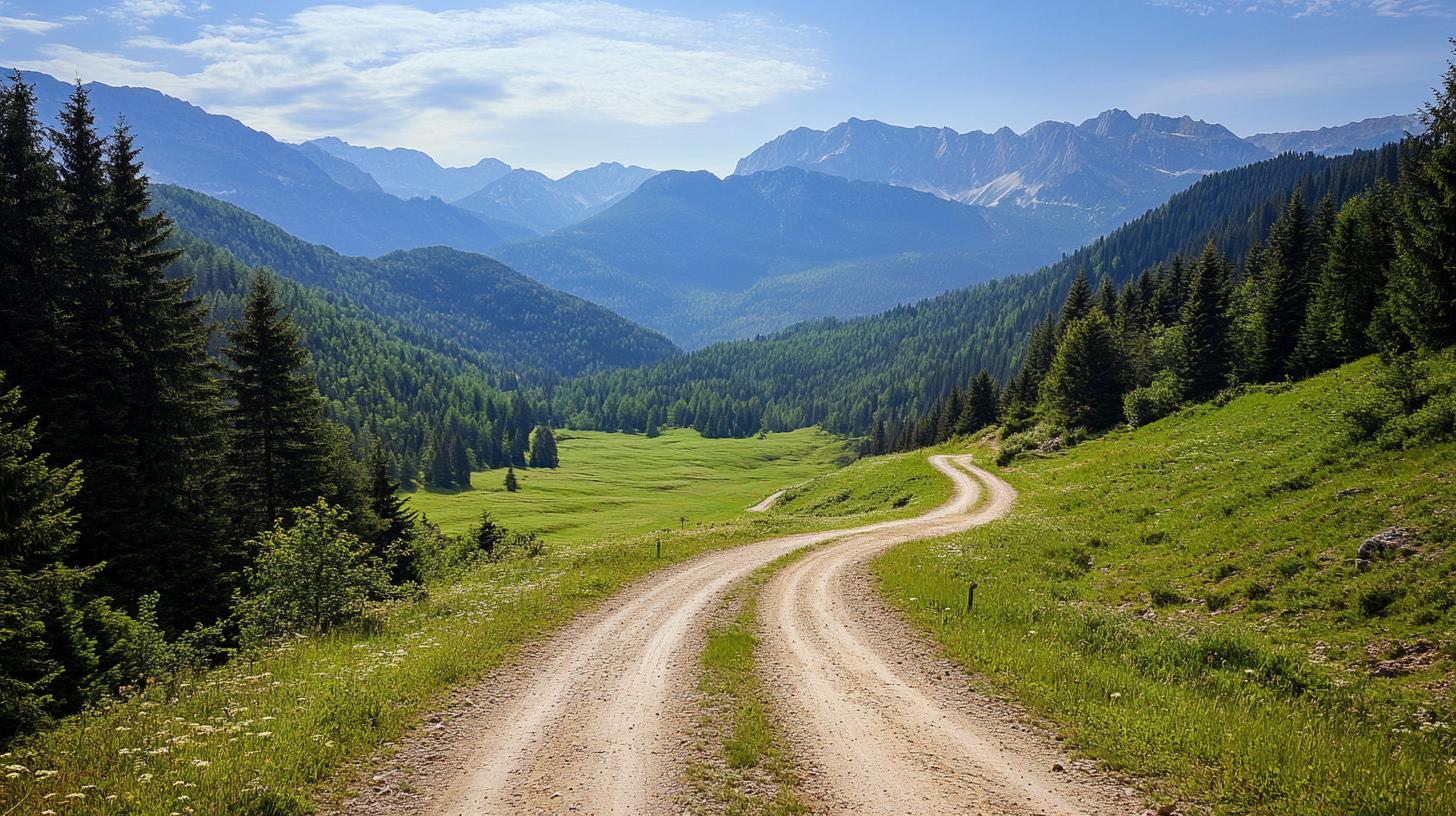Environmental Turmoil Rages Over Alpine Hydropower Projects
In a heated debate over the future of sustainable energy, environmental organizations from Germany and Austria have united against two controversial hydropower projects in the Alps. Rather than embracing these developments, groups like BUND and Global 2000 argue the projects would cause significant harm to local biodiversity, with minimal benefits to the energy sector when compared to alternative solutions.
The contested plans involve a new hydropower facility in Bavaria’s Tittmoning basin and the expansion of an existing installation in Tyrol’s Kaunertal valley. Critics, including the WWF and the German Alpine Association, emphasize that diverting up to 80 percent of the mountain rivers Venter and Gurgler Ache would devastate both ecosystems and local lifestyles. As Reinhard Scheiber of the Our Water association points out, many areas, particularly in the Öztaler Ache valley, could experience dramatic changes that affect agriculture, tourism, and recreational activities.
The community’s opposition is clear. In the Austrian municipality of Sölden, a striking 96 percent of residents have voted against the Tyrol expansion, signaling widespread refusal of the current plan. Viktoria Auer from Global 2000 stresses the need for a balance between climate sustainability and preservation of natural environments.
Despite making up a fractional 8 percent of Germany’s renewable electricity, proponents claim that increased rainfall due to climate change could boost hydroelectric output moving forward. Nonetheless, the proposed Alpine projects face significant resistance from environmentalists determined to protect the fragile balance of these unique ecosystems.
Hydropower Havoc: The Future of Alpine Rivers at Risk?
In the heart of Europe, the pristine Alpine rivers are caught in the crossfire of a burgeoning debate: should they be harnessed for hydropower, or preserved in their natural state? This pressing question underpins the uproar surrounding the hydropower projects in the Alps, bringing to light the intricate balance between energy development and environmental conservation.
What Are the Key Challenges and Controversies?
One of the core challenges is the potential ecological impact of diverting large portions of mountain rivers, which could lead to habitat disruption and loss of biodiversity. The controversial projects in Germany’s Tittmoning basin and Austria’s Tyrol region illustrate these risks. Critics argue that the projects would alter riverbed structures, affect sediment transport, and harm aquatic life, including endemic fish species that rely on these alpine waters.
Furthermore, the projects raise the question of energy return on investment. Although hydropower is a renewable resource, the energy output from these projects may be marginal compared to their environmental cost. As noted by environmentalists like Viktoria Auer, the focus should be on optimizing existing structures and integrating other renewable sources such as solar and wind.
Advantages and Disadvantages of Alpine Hydropower
Advantages:
– Renewable Energy Source: Hydropower is a cleaner alternative to fossil fuels, contributing to the reduction of carbon emissions.
– Predictable and Reliable: Unlike wind and solar, hydropower can provide a consistent and predictable flow of electricity.
– Potential Increase in Output: Proponents suggest that increased rainfall from climate change may lead to more robust energy production in the future.
Disadvantages:
– Environmental Impact: Significant alteration of river ecosystems could lead to irreversible damage to flora and fauna.
– Community Displacement and Lifestyle Changes: Local communities, often reliant on agriculture and tourism, face upheaval in their daily lives.
– Cost and Feasibility: The financial and ecological costs of diverting rivers may outweigh the benefits if the projects do not produce substantial energy.
Important Questions and Their Answers
1. Can Hydropower Developments Coexist with Biodiversity?
– While it’s challenging, careful planning and modern technology can mitigate some environmental impacts, but the diversion of large water volumes still poses threats to sensitive ecosystems.
2. How Does Climate Change Affect These Projects?
– Climate change could indeed lead to more rainfall, boosting hydropower potential. However, it also increases the risk of extreme weather events, which may challenge the durability and safety of these facilities.
3. Are There Viable Alternatives?
– Yes. Investing in solar and wind technology, combined with battery storage solutions, may offer more sustainable energy pathways without the ecological costs associated with new hydropower projects.
Related Resources
– For more insights into hydropower and renewable energy policies, visit the WWF.
– To explore innovative alternative energy solutions, head over to BUND.
– For environmental advocacy and sustainability efforts, see Global 2000.
As we navigate the complexities of energy needs and environmental stewardship, the fate of the Alpine rivers remains an emblematic issue of our times, urging collaborative approaches and thoughtful strategies to safeguard both natural and human communities.
























